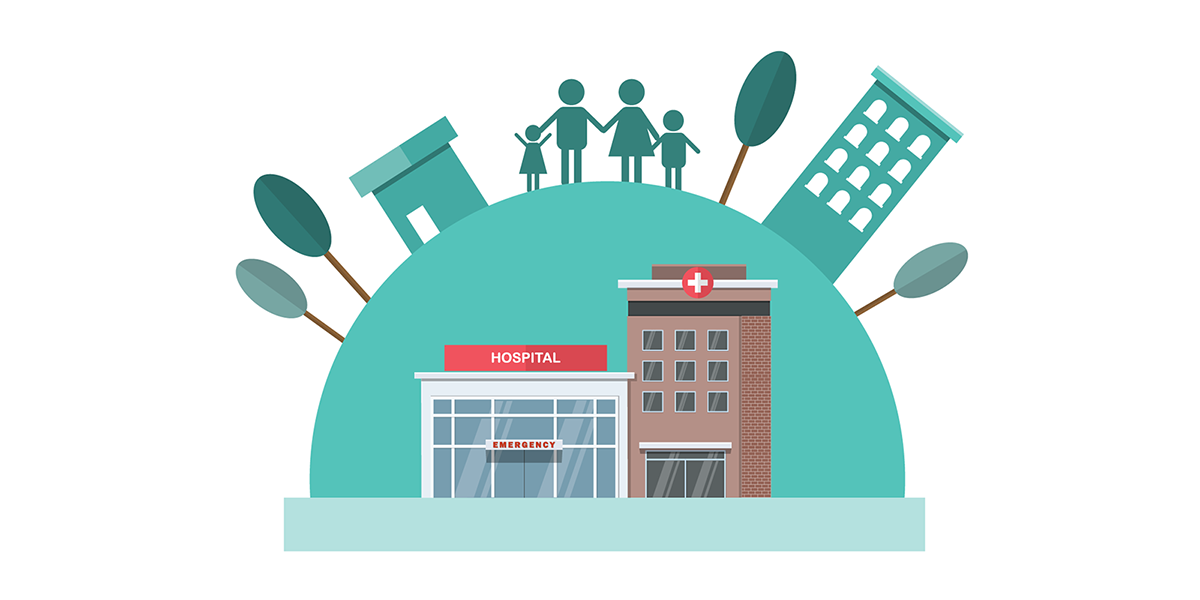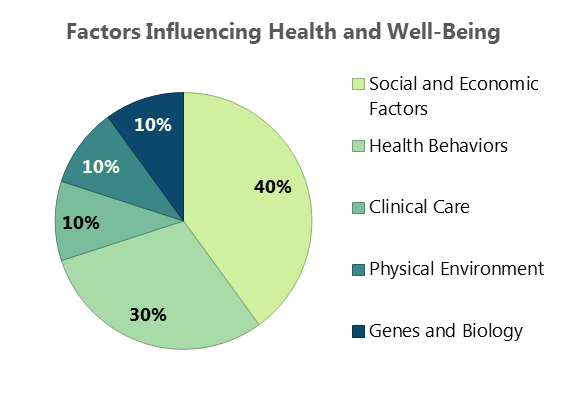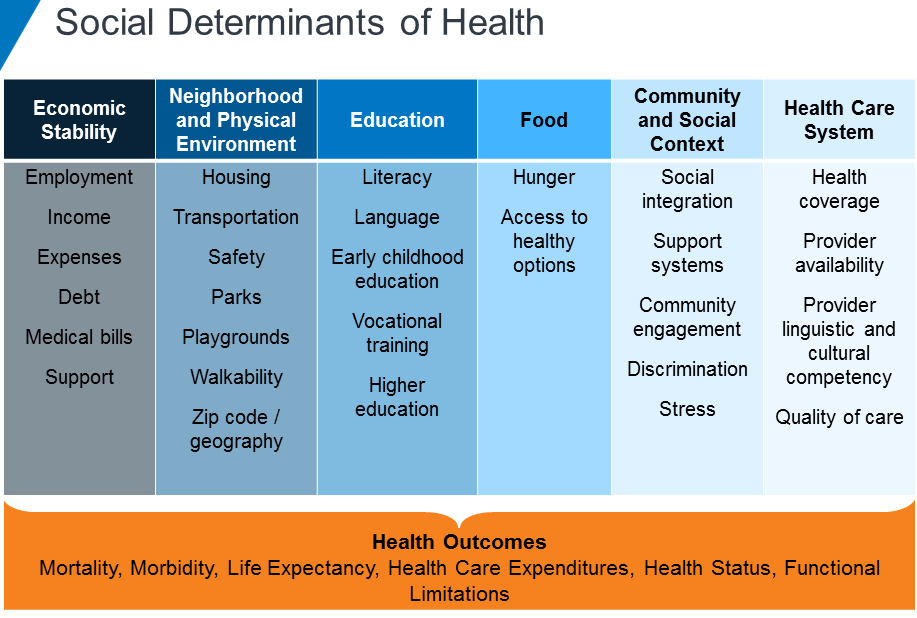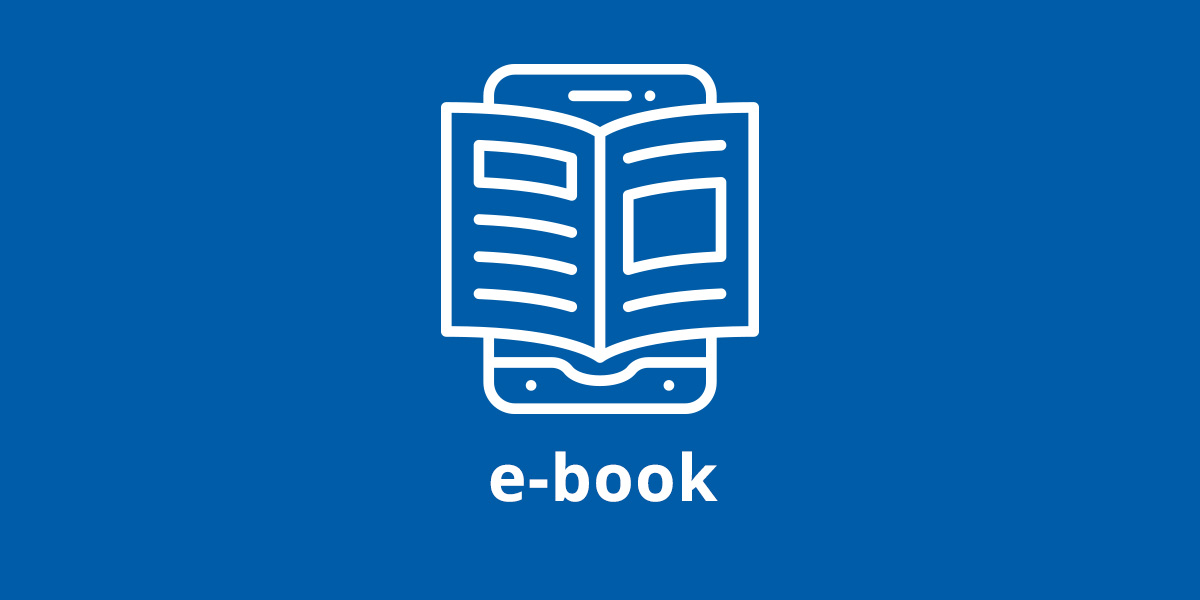The foundation of the revenue cycle management process is patient access. Having a solution in place on the front-end can substantially minimize denials and rework on the back-end of the RCM process.
In addition to confirming demographics, insurance coverage and medical necessity, communicating the patient’s out-of-pocket responsibility before or at the time of service significantly increases the likelihood of receiving full patient payment.This shouldn’t be surprising. How many services do you receive that you have no idea what you are going to be charged? The healthcare industry has always seemed to operate amongst their own set of rules. But two major disruptors in the healthcare industry are going to start requiring more cost transparency and more of a partnership between the patient and physician:
1. The transition to value-based care.
2. Consumerism and the continued growth of high-deductible health plans.
As patients are becoming responsible for more and more of their healthcare costs – 30% of uninsured patients or patients who have out-of-pocket costs after insurance generate more than 80% of the hospitals’ self-pay revenue – we are seeing a decline in provider reimbursements for several reasons. The obvious reason is they simply cannot afford to pay their bill, which we will address later. Another less obvious reason is that they simply don’t understand why they are receiving a bill for services when they have insurance. Picture this:
Krystin goes into the hospital for a routine, scheduled colonoscopy. She pays her copay at the time of service and knows she has to pay $1,000 of her remaining deductible, which she also pays at the time of service. However, she is also responsible for coinsurance of 20% after her deductible is met, which is a new component of her health insurance plan that she doesn’t understand. The hospital doesn’t explain or inform her about her coinsurance amount. After the procedure, the provider bills the payer, and receives the explanation of benefits (EOB) stating that Krystin is responsible for $200, the coinsurance amount. The payer then sends Krystin a bill for the coinsurance, approximately 60 days after the service. Krystin receives the bill, but throws it away because it doesn’t clearly explain her balance and she knows she has health insurance, so it must be a mistake. She receives another bill, now 90 days after the service, and again, throws it away thinking it’s a mistake. When she receives a bill from a collection agency, she is confused and now very angry. She calls the provider and is informed about her coinsurance. She is furious that the hospital didn’t inform her about this amount before her service and vows to find a new provider for future services.
Dissatisfied patients also affect your front office staff who have to deal with the angry patients. This often leads to higher turnover rates, as staff will look for a better work environment. That is why patient engagement should be a critical area of focus for your practice. The goals of successful patient engagement should focus on reducing or eliminating:
• Phone calls from angry or confused patients
• Patient statements because they can pay their bill online
• Collections because they have paid their bill or set up a payment plan
• Bad debt for your practice
Of course, that is the ideal state. Most providers have a lot of work to do to get there. But, it is possible. Providing an accurate out-of-pocket estimation is one of the pillars. This is also one of the main functions of patient access software that is commonly vaporware (i.e., software that has been advertised but is not yet available to buy, either because it is only a concept or because it is still being written or designed.) Vendors that are beholden to stockholders, scheduled releases, or big product launches at user group conferences can fall victim to overpromising and under delivering.
Going back to Krystin’s scenario, coinsurance is a piece of the puzzle that is often not included in an out-of-pocket estimation tool. That’s because the tool has to be diligent about maintaining the numerous payer fee schedules, which are continuously changing. Providing an accurate out-of-pocket estimate relies on a solid foundation of eligibility confirmation. A strong eligibility tool will be able to provide – in real time – a patient’s insurance coverage, including copays, coinsurance and deductible information.
Another important component of a patient access tool is determining the likelihood of the patient paying their bill. Checking credit scores and payment history can give you a sense for whether the patient will pay their bill. If it looks like they can’t or won’t, you have options to maximize your reimbursement before you provide the service – by asking for a partial payment or setting up a payment plan, for example.
Through our work with clients and discussions with potential clients, we’ve encountered a lot of skepticism around patient access – particularly the out-of-pocket estimation component. And, that’s where Quadax is different. We are in direct discussions with our clients every day, and our product development is driven by our clients’ needs.
When you’re looking at patient access solutions, don’t be tricked by vaporware. The right solution will be a real treat in maximizing your cash flow.
 Ken Magness is a focused healthcare professional with more than a decade of experience in helping clients understand the true value of automation in the revenue cycle management process. As the Strategic Initiatives Leader at Quadax, Ken and his team are passionate about connecting with healthcare providers to help them create and leverage the appropriate technology solutions to optimize the revenue cycle process and improve the experience of their patients and staff.
Ken Magness is a focused healthcare professional with more than a decade of experience in helping clients understand the true value of automation in the revenue cycle management process. As the Strategic Initiatives Leader at Quadax, Ken and his team are passionate about connecting with healthcare providers to help them create and leverage the appropriate technology solutions to optimize the revenue cycle process and improve the experience of their patients and staff.




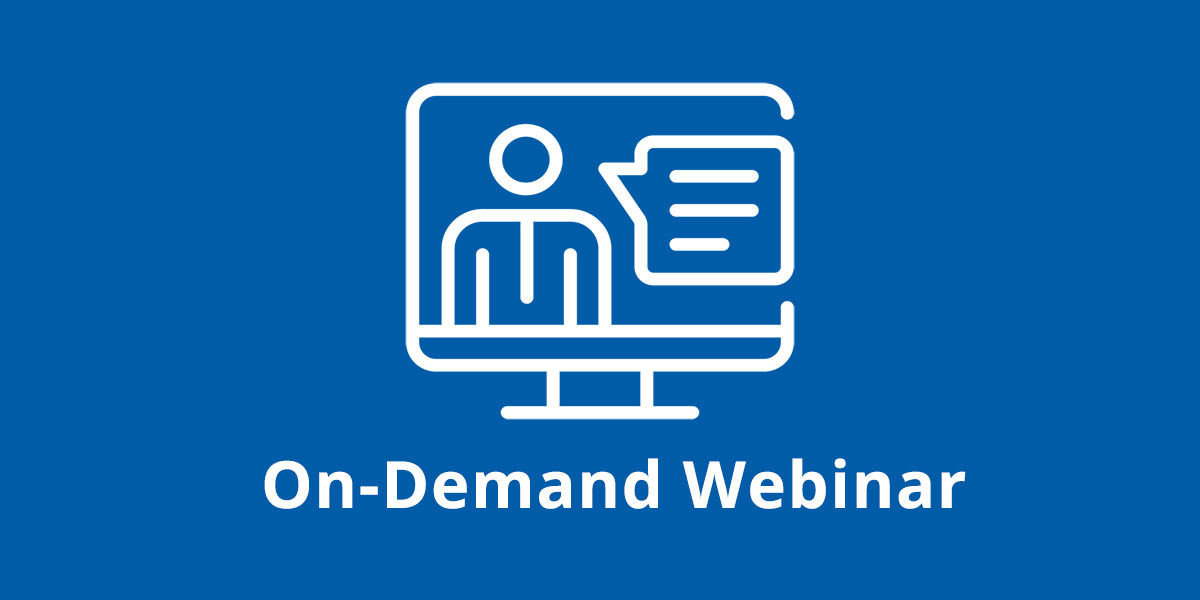
 Presenter: Thomas Campanella, Baldwin Wallace University
Presenter: Thomas Campanella, Baldwin Wallace University